History and Architecture of the Red Fort: The Red Fort, an iconic symbol of India’s rich cultural heritage, stands majestically in the heart of Delhi. A UNESCO World Heritage Site, this architectural marvel is not only a testament to the magnificence of Mughal architecture but also a witness to the turbulent history of the country. This article discusses the fascinating history and intricate architectural features of the Red Fort, which shed light on the significance of India’s past and present.
Historical Background and Architecture of the Red Fort
Mughal era
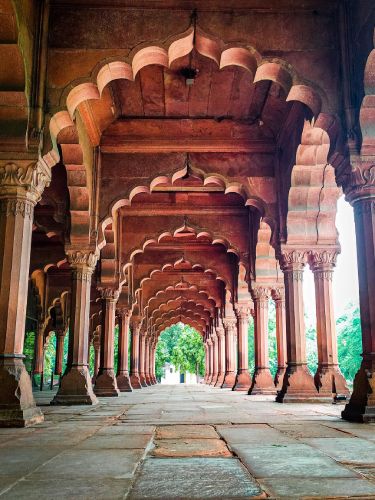
The fort’s strategic location on the banks of the Yamuna River not only provided natural defense but also facilitated trade and communication. The Red Fort witnessed significant events during the First War of Indian Independence in 1857 when it became a battlefield for rebels fighting against British rule. After the British conquest, the fort was used as a military garrison, marking a new chapter in its history.
The Red Fort, or Lal Qila as it is known in Hindi, was commissioned in 1638 by the Mughal emperor Shah Jahan as the palace for his new capital Shahjahanabad, now a part of Old Delhi. The fort was completed in 1648 and served as the main residence of the Mughal emperors for nearly 200 years. Several historical events unfolded within these walls that shaped India’s future.
A symbol of freedom
On August 15, 1947, the Red Fort became a powerful symbol of Indian independence when India’s first Prime Minister Jawaharlal Nehru hoisted the national flag from its ramparts. Since then, the fort has been the site of annual Independence Day celebrations, making it a focal point of national pride and heritage.
Architectural Marvel
The architecture of the Red Fort is a stunning example of Mughal design, displaying a blend of Persian, Timurid, and Indian influences. The fort is made of red sandstone, which gives it its characteristic hue and durability.
Layout and structure of the Red Fort
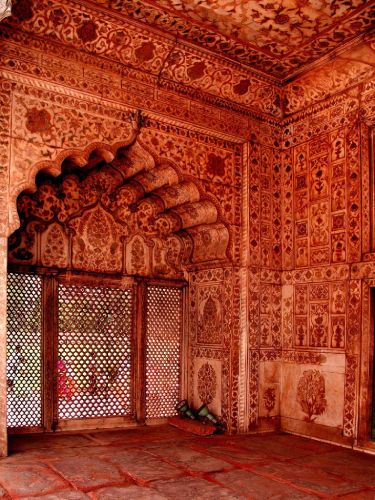
The Red Fort covers an area of about 254 acres and is surrounded by a massive wall, which stretches over 2.5 km. The main entrance to the fort is the Lahore Gate, known for its imposing structure and intricate carvings. As visitors enter, they are greeted by the Grand Chatta Chowk, a covered market that once served as a bazaar for the royal family.
Inside the fort, the layout is laid out in a series of beautifully designed structures and gardens. Major buildings include:
- Diwan-i-Am (Hall of Public Audience): This magnificent hall served as a place for the emperor to address the public and hear their complaints. It features a beautiful throne made of marble and decorated with precious stones.
- Diwan-i-Khas (Private Audience Hall): This magnificent hall was reserved for the emperor’s private meetings with dignitaries and special guests. It showcases stunning inlay work and is surrounded by lush gardens.
- Mumtaz Mahal: Once a royal residence, this palace is known for its intricate decorations and stunning architecture. It now houses a museum displaying Mughal artifacts and art.
Architectural Features
The architectural style of the Red Fort is characterized by its elaborate carvings, intricate inlay work, and exquisite marble screens (jali). The fort also has stunning gardens, reflecting the Mughals’ love for nature. Prominent use of water, including canals and fountains, symbolizes heaven and is a recurring theme in Mughal architecture.
The walls of the fort are punctuated by several bastions, which provide a strong defense system. Architectural elements are carefully designed, combining functionality with aesthetics, creating an atmosphere of grandeur and elegance.
Conservation Efforts of Architecture of the Red Fort
The Red Fort has undergone various restoration efforts over the years to preserve its historical and architectural integrity. The Archaeological Survey of India (ASI) plays an important role in the maintenance and restoration of the fort, ensuring that this magnificent structure inspires future generations.
Audience experience
Today, the Red Fort attracts millions of visitors every year who come to witness its beauty and learn about its historical importance. Guided tours, sound and light shows, and cultural events provide a deeper understanding of the fort’s legacy.
The Red Fort is not just a historical monument; It symbolizes India’s rich heritage and resilience. Its stunning architecture, coupled with its deep-rooted history, makes it a must-visit destination to explore India’s cultural landscape. As you walk through its majestic gates, you are not just stepping into a fort but traversing the annals of history, connecting with stories of emperors, freedom fighters, and a nation’s struggle for freedom. The Red Fort stands tall, a testament to past glory and a beacon of hope for the future.
Read Also: Where is Makkah Located
![]()

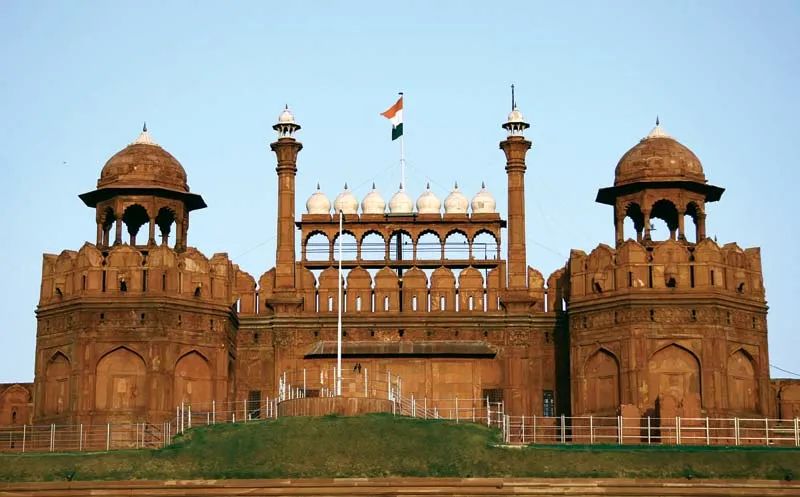
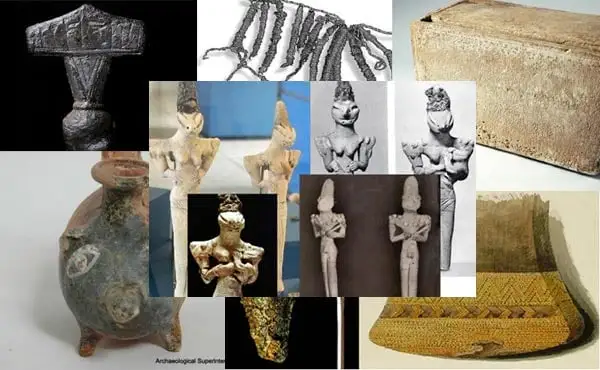
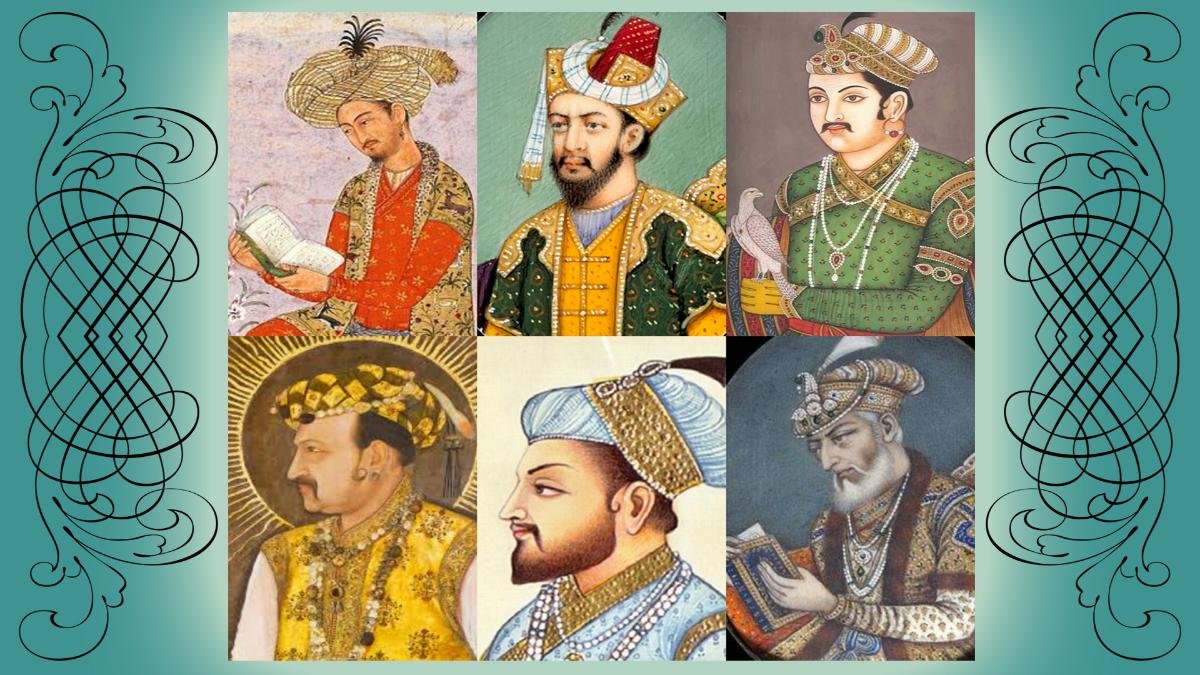
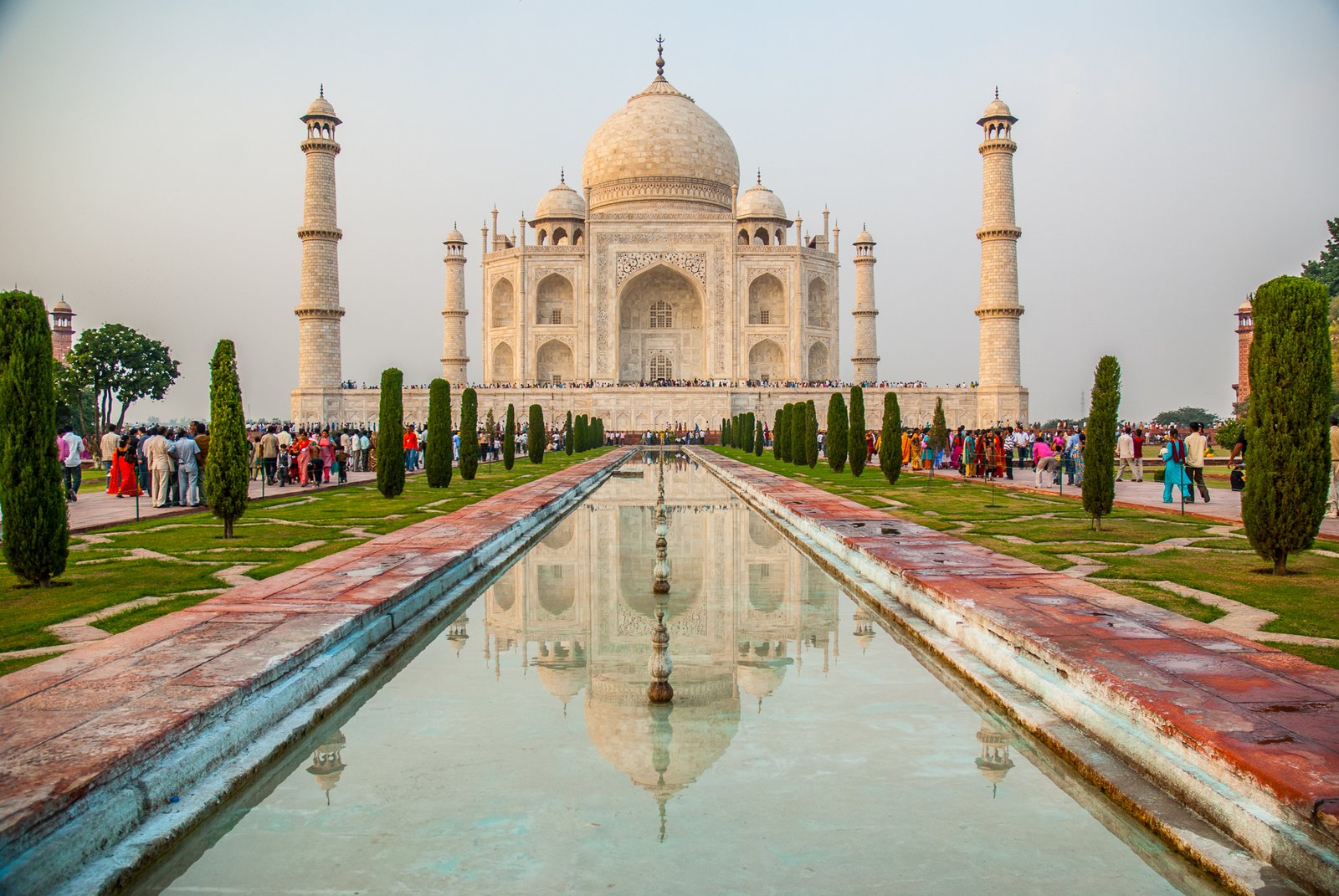
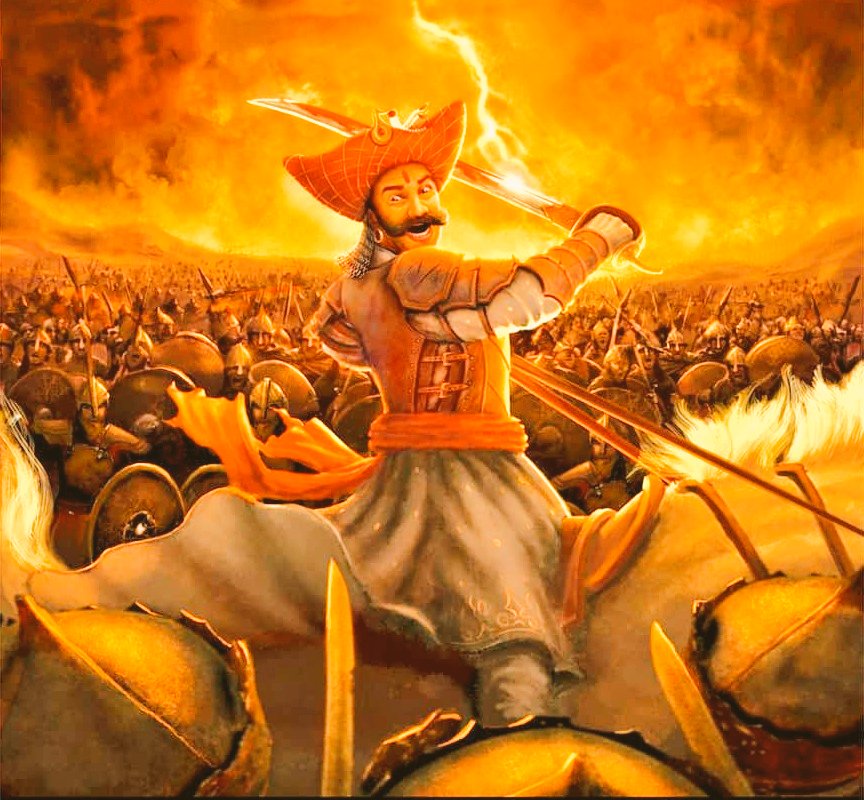
2 thoughts on “Unveiling the History and Architecture of the Red Fort”